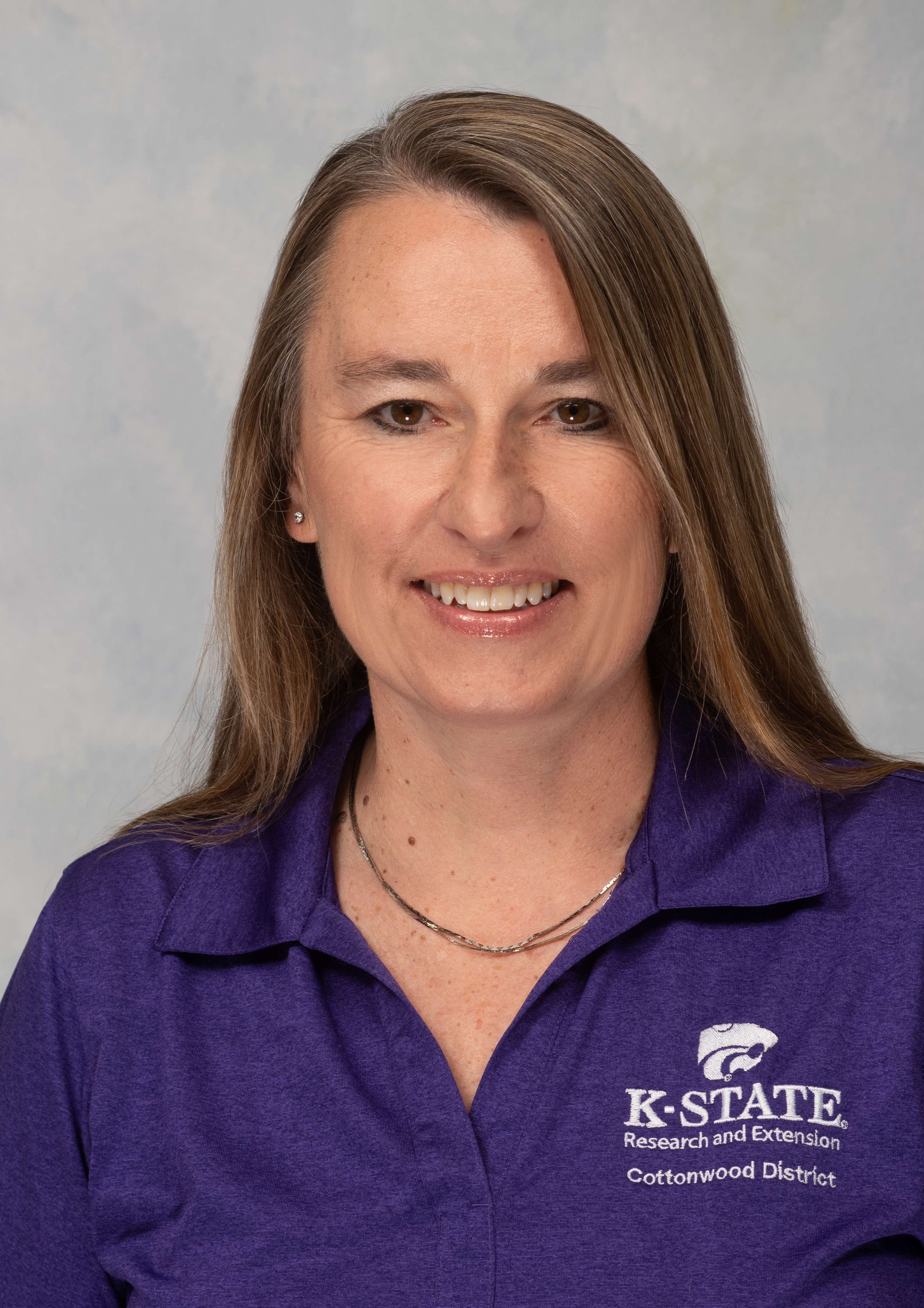
By MONIQUE KOERNER
Cottonwood Extension District
Physical activity has many benefits. Walking, running, biking, swimming, lifting weights, playing sports, and moving more can add years to your life. Physical activity can improve your health, mood, and energy levels. But sometimes, the inspiration to get moving may be lacking. That’s when friends, family, and other social connections can help.
Research has shown that connecting with others, called social support, can help us get active and make changes to improve our health. Other people can help us start, continue, or increase how much we move. They can also help us make physical activity a habit.
There are many different types of social support. Social support doesn’t only include people you already know. It can include groups that help get you moving, like walking or hiking clubs. It can also mean going to exercise classes, whether in person or online. There are even social media communities that provide social support for exercise.
Social support can help people of all ages and abilities get more physical activity, even those with chronic (long-lasting) health problems.
The More the Merrier
Social support can make physical activity more fun and inviting. And being active is an important goal for just about everyone.
Regular physical activity can reduce the risk of serious health conditions. These include heart disease, stroke, diabetes, and cancer. Activity can boost brain health, improve sleep, and more.
Yet most American adults do not get the recommended amounts of physical activity. That’s at least two and a half hours of moderate activity, such as brisk walking, each week. Muscle-strengthening activities, like lifting weights, are also recommended at least twice a week.
Getting in that much activity might seem challenging. Any amount of physical activity is better than none. Even short bursts of activity throughout the day can be helpful, like 5 or 10 minutes at a time.
Companionship is a huge part of being active because being with someone can make physical activity more enjoyable. It can provide encouragement that keeps you going. And research has
found that social support can increase self-efficacy, which is the feeling that you can do something and be successful.
Finding physical activity you enjoy is often key to success. If you don’t enjoy it, it’ll be hard to make it into a daily or weekly habit.
Plan Together
Planning with someone and sticking to it can be especially helpful. Agree to meet at certain times to get active together. Or agree to check in with each other regularly at specific times. You can share successes and struggles.
If you plan to be active with a friend or family member, you’re more likely to keep that commitment. You’ll meet with them as promised and it helps keep you accountable.
Research shows that interacting with others can also help you to set and meet goals. People can help each other be physically active even if they’re not exercising together. And it can help if you make it fun. One NIH-supported study found that a game-based approach helped people get active after hospital discharge. Study participants wore a step-tracking device. They received game points and positive feedback for meeting step goals. Each also chose a supportive partner, like a friend or family member, to help keep them accountable. The partners received email updates on participants’ progress. They also provided encouragement.
By the end of 12 weeks, people who had higher social engagement had a significant increase in daily steps. A follow-up study is underway to see if an online coach can boost activity even more.
Overcoming Obstacles
Certain groups of people have specific barriers that can keep them from getting active. For instance, older adults who’ve had a major health event like a heart attack may have anxiety or concerns about being physically active. Yet activity is so important for their health and recovery.
People with serious health conditions often have worries that keep them from getting active. They may avoid going to the gym because they feel embarrassed that they’re not able to do what other people can do. But being part of a group can have a positive impact. There’s something powerful about the shared experience. They see others who have a similar medical issue who are now able to exercise. It sets an example: If they can do it, I can do that too.
Get Moving With Others
· Build your network. Find a group for people with shared interests, like a walking, hiking, dancing, or biking club.
· Make a shared routine. Commit to a walking schedule with a neighbor, family member, or friend.
· Be accountable. Share your physical activity goals with people you trust. Ask for their support.
· Take a class. Try a yoga, tai chi, or fitness class with a friend. You can even take a virtual class online with a friend in another town.
· Join a team. Look for local softball, soccer, or other sports teams.
· Family activity. Join your kids for a bike ride or throw a ball around before starting on homework or chores.
· Get dancing. Go to a local dance, take dance classes, or dance with family at home.
· Move more at work. Join worksite wellness and walking groups.
Source: NIH News in Health
Monique Koerner is the Family and Community Wellness Agent with K-State Research and Extension – Cottonwood District. You may reach her at: 785-628-9430 or [email protected]






